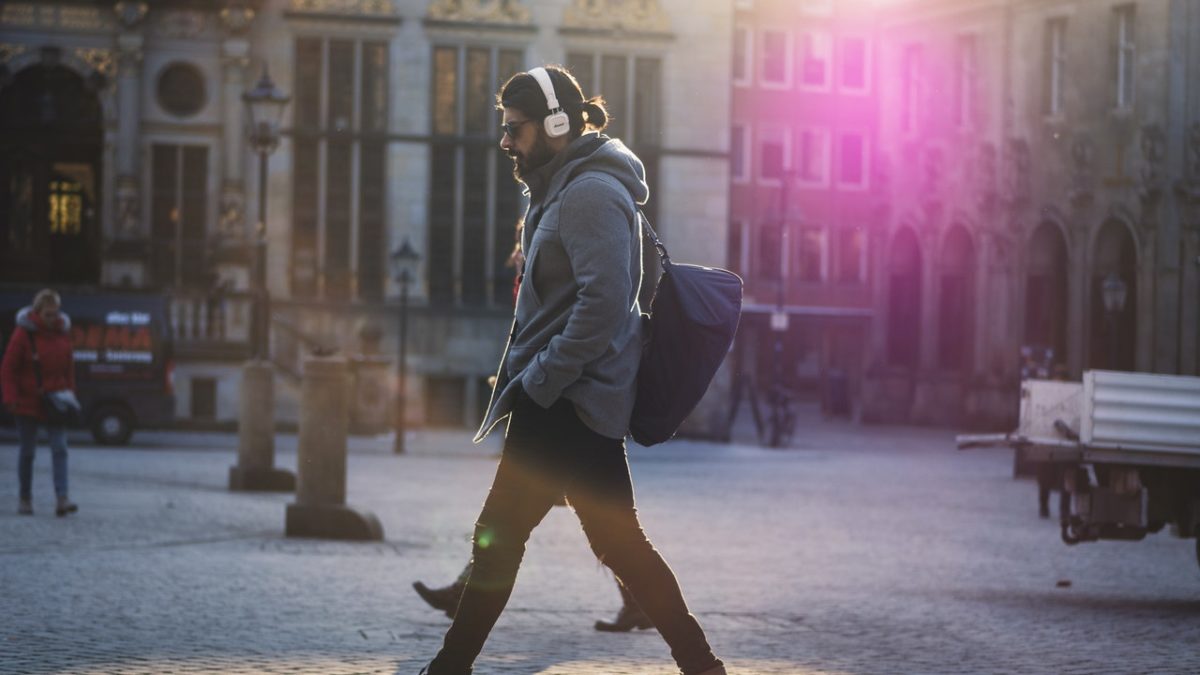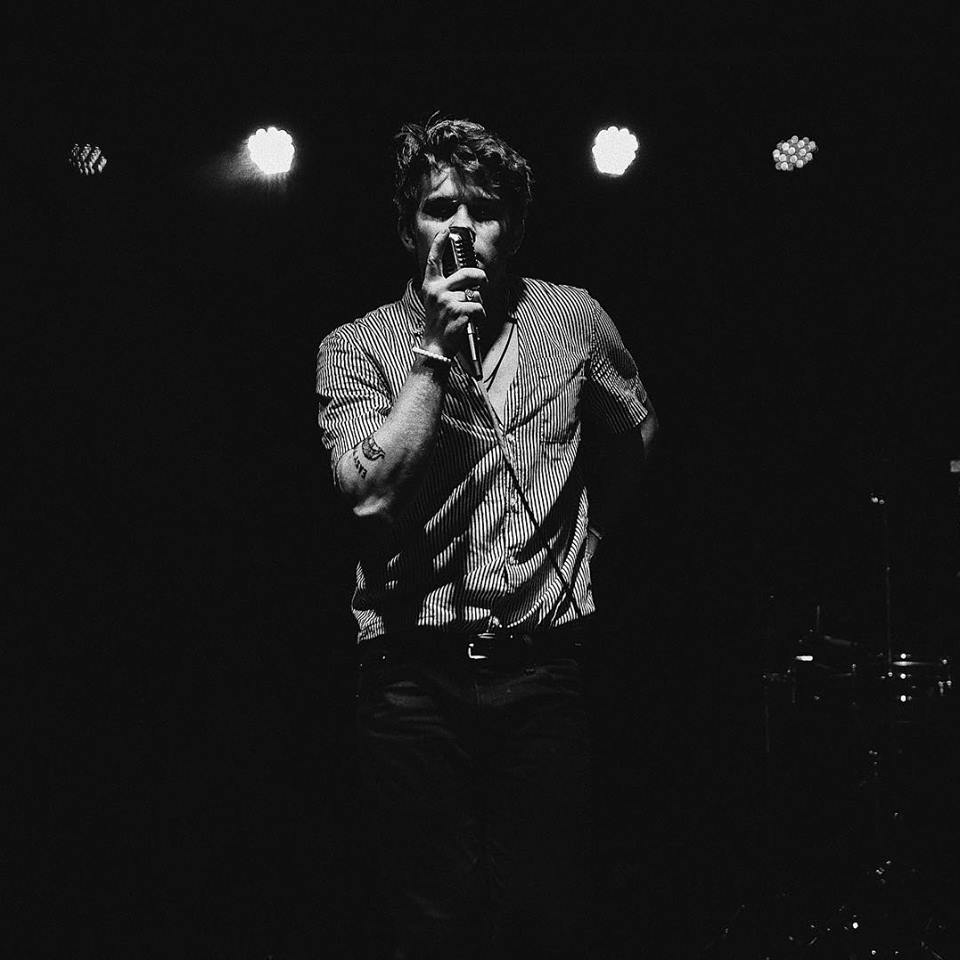Did you know that based on what genre of podcasts you binge daily that analysts can determine where your money gets spent? According to Nielson’s Marketer’s Guide to Podcasting for Q3 2018, fans of music podcasts, the most popular genre of podcast, typically spend most of their income on groceries. Even more specifically, these listeners purchase products like beer, pet goods, and tea more than others. Now, why is this relevant?
If you’re a company digging for new ways of marketing, podcasts are an avenue filled with a growing number of avid listeners.
According to Robin Marzen, author of the article in Martech Today, “podcast fans rose from 13 million homes in 2016 to 16 million in 2017 [which] is a 23 percent increase.” With that type of growth, there is no explanation needed as to why companies have really dug into marketing to podcast listeners. As someone who listens to many different podcasts, I can’t tell you how many times I’ve heard an ad where the host of the podcast raves about a product and offers a discount on the house if you use their specialty code. If there’s something people love it’s a discount, especially on something they like. That’s the reason data from these podcasts is so important for companies looking to advertise.
Marzen says, “Brands that are engaging in podcast advertising are using measurement tactics as old as direct response itself such as custom codes — in this case, URLs created for each podcast — to try to track ad engagement from each podcast.” The importance of these direct codes provides the click-through data of how many people are using them, (if the procedure is working), and who the people are that are using these (who to continue to market to).
The simple strategy is a brand partnering with a podcast that already fits alongside the imagery and ideology of the podcast. Podcasts like The Art of Manliness promote products from Saxx, a men’s underwear company, and other podcasts like Walking the Floor, a songwriting podcast, promote companies like Zounds.com, an online music gear company. The success is clear in that the advertisers are reaching their listeners who are being preached to by hosts they already listen to and respect.
The tough part for major companies is the grey area where podcasts live as a medium, “An advertiser can run the same spot they have created for AM/FM radio but they have no traditional reach, frequency or GRP estimates in podcasting. From a digital media perspective, you can use downloads as a proxy for impressions but you lack demos and addressability.” Because podcasts are so specific, “Advertisers can also get frustrated with limited ad formats and lack of programmatic platforms through which to buy. According to the IAB, most podcast ads are host-read, which offers credibility and intimacy, but doesn’t scale well.”
Ultimately what is important is that the market for podcasts doesn’t show any slow down in sight. Companies need to form relationships with podcast makers that fit their ideal demographic and reap the rewards of talking directly to future consumers through the comfort of wherever they enjoy their beloved podcasts.



